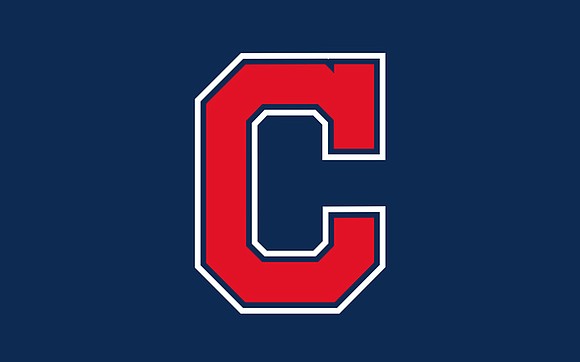Indian mascot plagues Cleveland baseball team
Fred Jeter | 9/22/2017, 9:43 p.m.
The Cleveland Indians are perhaps the best team in baseball, but the Ohioans may be striking out when it comes to sensitivity training.
The franchise’s decades-old logo — Chief Wahoo — has drawn widespread criticism as ethnic stereotyping.
Native Americans, social scientists, religious and education groups are among those campaigning to have the offensive logo laid to rest.
Chief Wahoo, as well as the name Indians, was challenged unsuccessfully last year in Superior Court in Ontario, Canada, by indigenous activist Douglas Cardinal.
“I hope that, one day, Cleveland’s ownership will realize that its racist name and logo has to go — entirely,” Cardinal told The Guardian last year prior to Cleveland’s playoff series in Toronto.
“Until then, we will continue to argue our case before the appropriate legal authorities.”
Cardinal also has lodged complaints with Canada’s Human Rights Tribunal and the Canadian Human Rights Commission.
It has become an opening-day tradition in Cleveland for Native Americans to protest Chief Wahoo’s presence outside Progressive Stadium.
Until 1946, the Indians’ logo depicted a Native American with a stern expression, in full feather headdress.
There is nothing remotely noble about the Chief Wahoo logo, a cartoonish caricature of a man with a blood red face, grin and feather in his headband.
In response to criticism, Cleveland management has tried slightly to minimize Chief Wahoo’s presence, sometimes replacing the logo with a block capital “C.” The “C” now appears on the team’s road uniform caps, but Chief Wahoo is still worn on the left sleeve of the uniform away from home.
The home uniform has the Chief Wahoo logo on the cap as well as the sleeve. Batting helmets now carry a “C,” rather than Chief Wahoo.
However, all player photos on Cleveland’s website are with the Chief Wahoo logo on their caps. Chief Wahoo paraphernalia is a moneymaker on the marketing front and remains popular among the team’s fans.
To its credit, Cleveland chose to use mostly the “C” logo for spring training in Arizona, where there’s a larger Native American population.
On the diamond, Cleveland recently rolled off an American League record of 22 straight victories. The Indians reached the World Series last year — losing to the Chicago Cubs — and are primed for a postseason run again.
The team was called the Naps — short for player-manager Napolean Lajoie — until 1915, when it was renamed the Indians, largely because of the popularity and historical significance of Native American player Louis Sockalexis.
The left-handed outfielder, nicknamed “Deerfoot of the Diamond,” was a member the Penobscot tribe of Maine. He hit .313 for Cleveland from 1897 to 1899 and is considered the first Native American to play in the major leagues.
Manager Terry Francona’s current lineup is ripe with talented players of color from the United States and the Caribbean.
Centerfielder Austin Jackson from Denton, Texas, shortstop Francisco Lindor from Puerto Rico and first baseman Carlos Santana and third baseman Jose Ramirez, both of the Dominican Republic trigger an explosive offense.
All-star outfielder Mike Brantley from Bellevue, Wash., currently is recuperating from an ankle injury.
Carlos Carrasco of Venezuela is among the league’s top pitchers.
Chief Wahoo brings to mind another once famous baseball figure — the Atlanta Braves’ mascot Chief Noc-A-Homa.
Noc-A-Homa “lived” in a teepee beyond the left field fence at the Fulton County Stadium and emerged to celebrate Braves home runs with something resembling a tribal dance, occasionally with Princess Win-A-Lotta.
In 1986, Noc-A-Homa and Win-A-Lotta were retired by management.
Hopefully Cleveland will get the hint.







